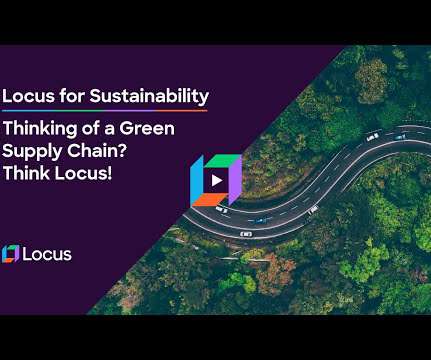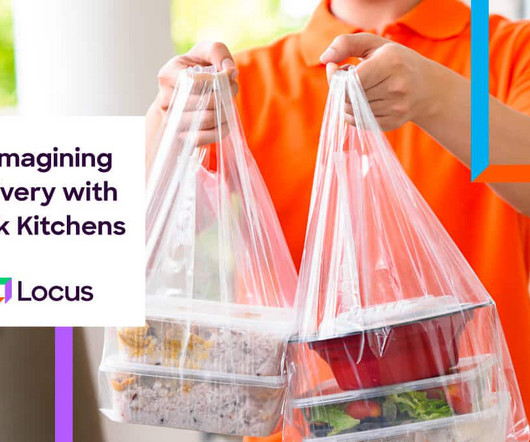Go Green or Go Home: Why Sustainability in the Last Mile is Crucial for Your Business
Locus
OCTOBER 12, 2022
Production and transportation activities are energy-intensive, but this also means the potential for implementing greener practices lay here. dollars by 2030 , increasing at a compound annual growth rate of 21.6% from 2022 to 2030. Want to create rich sustainability metrics and minimize emissions with effective batch planning?
















Let's personalize your content